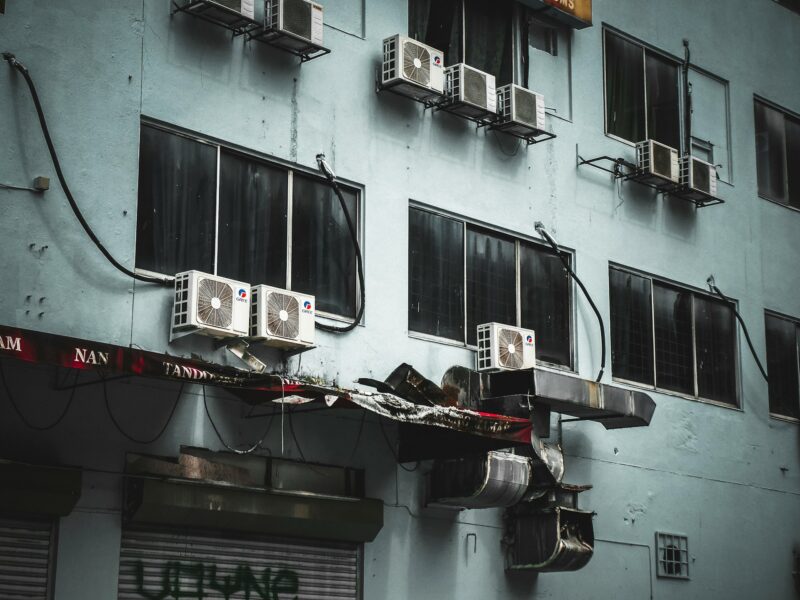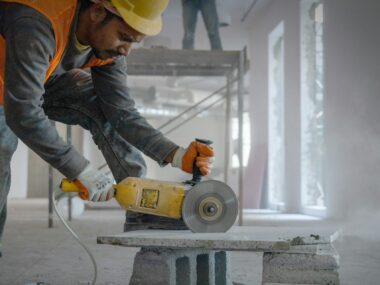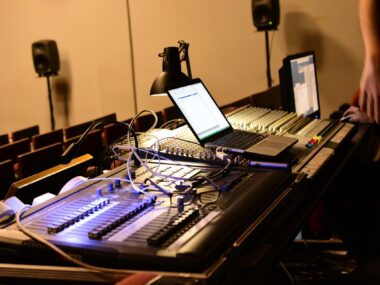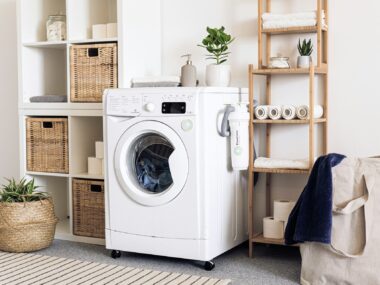Summer heat can be relentless, and your air conditioning system works overtime to keep your home comfortable. But what happens when your reliable cooling companion starts showing signs of distress? Recognizing early warning signals can save you from sweltering nights, costly emergency repairs, and complete system breakdowns.
Most homeowners wait until their AC stops working entirely before calling for help. This reactive approach often leads to more expensive repairs and uncomfortable living conditions during peak summer months. Learning to identify the subtle signs of AC trouble allows you to address issues proactively, extending your system’s lifespan and maintaining consistent indoor comfort.
Whether you’re dealing with strange noises, inconsistent temperatures, or rising energy bills, your air conditioner is likely trying to tell you something important. Understanding these signals helps you determine when it’s time to contact professional HVAC contractors near me for expert diagnosis and repair services.
Strange Sounds Coming From Your Unit
Grinding and Screeching Noises
When your air conditioner starts producing grinding or screeching sounds, it’s often indicating serious mechanical problems. These harsh noises typically stem from worn-out motor bearings or belt issues within the system. The grinding sound occurs when metal components rub against each other without proper lubrication, while screeching usually points to a damaged or slipped belt.
Ignoring these sounds can lead to complete motor failure, requiring expensive replacement parts and extended downtime. Professional HVAC service technicians can diagnose the exact cause and replace worn components before they cause additional damage to your system.
Clicking and Rattling Sounds
Persistent clicking sounds, especially when the unit isn’t starting properly, often indicate electrical issues or problems with the thermostat relay. Rattling noises usually suggest loose components, debris in the unit, or deteriorating internal parts that need immediate attention.
These cooling problems may seem minor initially, but they can escalate quickly. Loose parts can damage other components, while electrical issues pose safety risks and can cause complete system failure.
Inconsistent Temperature Throughout Your Home
Hot and Cold Spots
When certain rooms feel significantly warmer or cooler than others, your AC system isn’t distributing air properly. This inconsistency often results from blocked vents, damaged ductwork, or an oversized or undersized unit for your home’s square footage.
Blocked or dirty air filters can also restrict airflow, causing uneven temperature distribution. Additionally, failing dampers in your ductwork or issues with your system’s zoning controls can create uncomfortable temperature variations throughout your living space.
Frequent Temperature Fluctuations
If your home’s temperature constantly swings up and down despite consistent thermostat settings, your AC unit is struggling to maintain proper operation. This cycling issue often indicates problems with the thermostat calibration, refrigerant levels, or compressor functionality.
These fluctuations not only affect comfort but also increase energy consumption as your system works harder to reach desired temperatures. Professional AC repair services can identify whether the issue lies with electrical components, refrigerant levels, or mechanical problems within the system.
Rising Energy Bills Without Increased Usage
Sudden Spikes in Electricity Costs
When your energy bills increase dramatically without changes in usage patterns, your air conditioning system is likely operating inefficiently. Aging components, dirty coils, or low refrigerant levels force your system to work harder, consuming more electricity to achieve the same cooling results.
Compare your current bills to the same months from previous years to identify unusual increases. A well-maintained AC system should maintain relatively consistent energy consumption year over year, with only minor variations based on weather conditions.
Gradual Increase Over Time
Even gradual increases in energy consumption can signal developing problems within your AC system. As components wear out or become dirty, efficiency naturally decreases. However, significant upward trends indicate the need for professional maintenance or repairs.
Regular maintenance helps maintain optimal efficiency, but when bills continue rising despite proper care, underlying mechanical or electrical issues likely require attention from qualified HVAC contractors near me.
Poor Air Quality and Reduced Airflow
Weak Airflow From Vents
When air barely flows from your vents, even with the fan running at full speed, several issues could be at play. Clogged air filters are the most common culprit, but problems can also stem from blocked ductwork, failing blower motors, or issues with the evaporator coil.
Reduced airflow forces your system to run longer cycles to achieve desired temperatures, increasing wear on components and driving up energy costs. Additionally, poor airflow can lead to frozen evaporator coils and potential water damage.
Unusual Odors and Dust Accumulation
Strange smells coming from your vents often indicate mold growth, burning electrical components, or accumulated debris within your system. Musty odors suggest moisture problems that can lead to serious health issues and structural damage.
Excessive dust accumulation throughout your home, despite regular cleaning, indicates your AC system isn’t properly filtering air. This can result from damaged filters, ductwork issues, or problems with your system’s air circulation components.
Moisture and Leakage Issues
Water Pooling Around the Unit
Water accumulation around your indoor or outdoor AC unit signals drainage problems that require immediate attention. Clogged condensate drains, damaged drain pans, or frozen evaporator coils can cause water to overflow and potentially damage flooring, walls, or your home’s foundation.
Indoor water leaks can promote mold growth and create slip hazards. Outdoor pooling can damage landscaping and create breeding grounds for insects. These moisture issues often indicate more serious problems within your cooling system that need professional diagnosis.
Ice Formation on Components
Ice building up on your AC unit’s evaporator coils or refrigerant lines indicates serious cooling problems that can damage your entire system. This ice formation typically results from restricted airflow, low refrigerant levels, or thermostat issues.
Never attempt to remove ice by chipping or scraping, as this can damage delicate components. Instead, turn off your system and contact professional HVAC service technicians who can safely diagnose and resolve the underlying causes.
Frequent Cycling and Operational Issues
Short Cycling Patterns
When your AC unit turns on and off repeatedly in short intervals, it’s experiencing short cycling. This inefficient operation prevents your home from reaching comfortable temperatures while increasing wear on electrical and mechanical components.
Short cycling can result from oversized units, thermostat problems, clogged filters, or low refrigerant levels. The constant starting and stopping put tremendous stress on your system and significantly increase energy consumption.
Difficulty Starting or Shutting Down
If your AC unit struggles to start, makes multiple attempts before running, or fails to shut down properly, electrical or mechanical components likely need attention. These issues can escalate quickly, potentially leaving you without cooling during hot weather.
Starting problems often relate to capacitor issues, thermostat malfunctions, or electrical connection problems. Shutdown issues can indicate stuck contactors or control system failures that require immediate professional intervention.
Take Action Before It’s Too Late
Recognizing these warning signs early allows you to address AC repair needs before they become major problems. Regular maintenance and prompt attention to developing issues can extend your system’s lifespan, improve energy efficiency, and maintain consistent home comfort throughout the cooling season.
Don’t wait for a complete system failure to seek professional help. Contact qualified HVAC contractors near me at the first sign of trouble to schedule diagnostic services and necessary repairs. Taking proactive steps protects your investment and ensures reliable cooling when you need it most.






